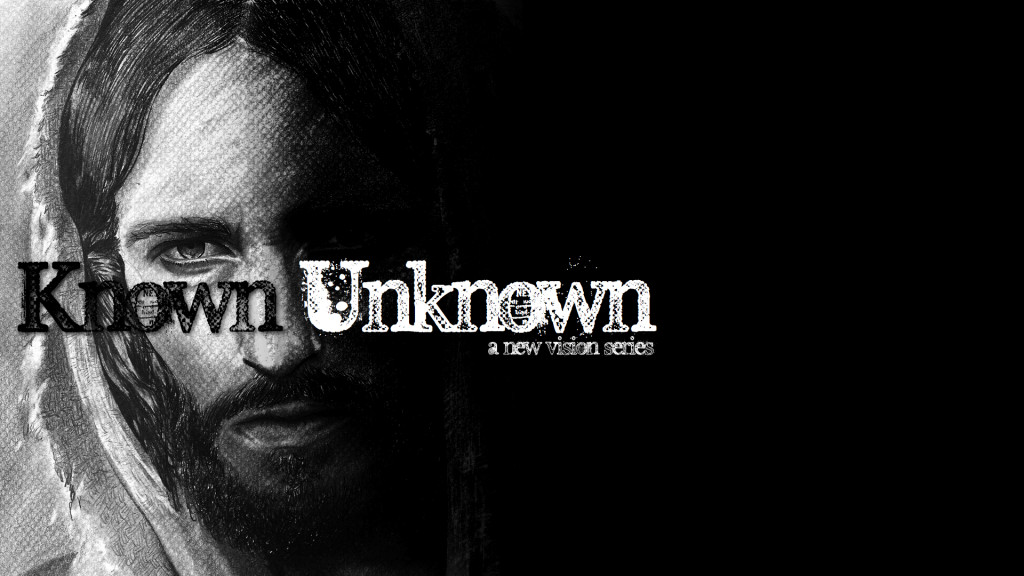Have you ever wondered who will sit on Jesus right and left in his glory?
In Mark 10:40, Jesus responds to James and John
To sit at my right or left is not for me to grant. These places belong to those for whom they have been prepared.
The answer has been in front of us all along.
The Request
In Mark 10:33, Jesus, nearing Jerusalem, gives the most detailed description of his impending death.
Behold we are going up to Jerusalem, and the Son of Man will be delivered to the chief priests and the scribes; and they will condemn Him to death and will hand Him over to the Gentiles. They will mock Him and spit on Him, and scourge Him and kill Him, and three days later He will rise again.
James and John approach Jesus.
Let one of us sit at your right and the other at your left in your glory.
Jesus responds,
You do not know what you are asking. Are you able to drink the cup that I drink, or to be baptized with the baptism with which I am baptized?
They reply,
we are able.
Jesus affirms that they will be able but as for his right and left this he cannot grant because they have been granted to others.
Jesus’ Glory
The only place we find anyone on Jesus right and left is in the crucifixion.
They crucified two robbers with him, one on his right and one on his left. (15:27)
And what’s interesting is that the detail comes at the culmination of a list of coronation elements.
- At the Praetorium (read Ceasar’s guard),
- the soldiers put a purple robe on him (15:16)
- They put a crown on his head (15:17)
- They said, “hail, king of the Jews (15:18)
- They fell on their knees and paid homage to him (15:19)
- They post a sign above him: “king of the Jews.” (15:26)
- They place men on his right and his left (15:27)
Jesus’ glory is not something past the horror’s of the crucifixion. In an ironic twist those who mocked and crucified Jesus because of his claim to the throne placed him on the throne.
The Disciples Misunderstanding
Jesus tells James and John,
You don’t know what you are asking.
The disciples all appear to have believed that Jesus was heading for His coronation in Jerusalem. From the moment Peter declared Jesus to be “the Christ,” they had thoughts of earthly glory.
Three times Jesus banishes all these thoughts, telling them he’s going to suffer, die and be raised again (8:31, 9:30-31, 10:32-34). But the disciples just don’t get it. Peter rebukes Jesus. The disciples argue about which one of them is the greatest. And here James and John have the audacity to request to sit on his right and left in his glory.
You don’t know what you are asking.
He is the Christ, the King, but he’s not the king of the disciples expectations.
Nor ours.
If you desire share in Jesus’ glory remember such places are prepared only for those who die with Him.
What do you think?




















